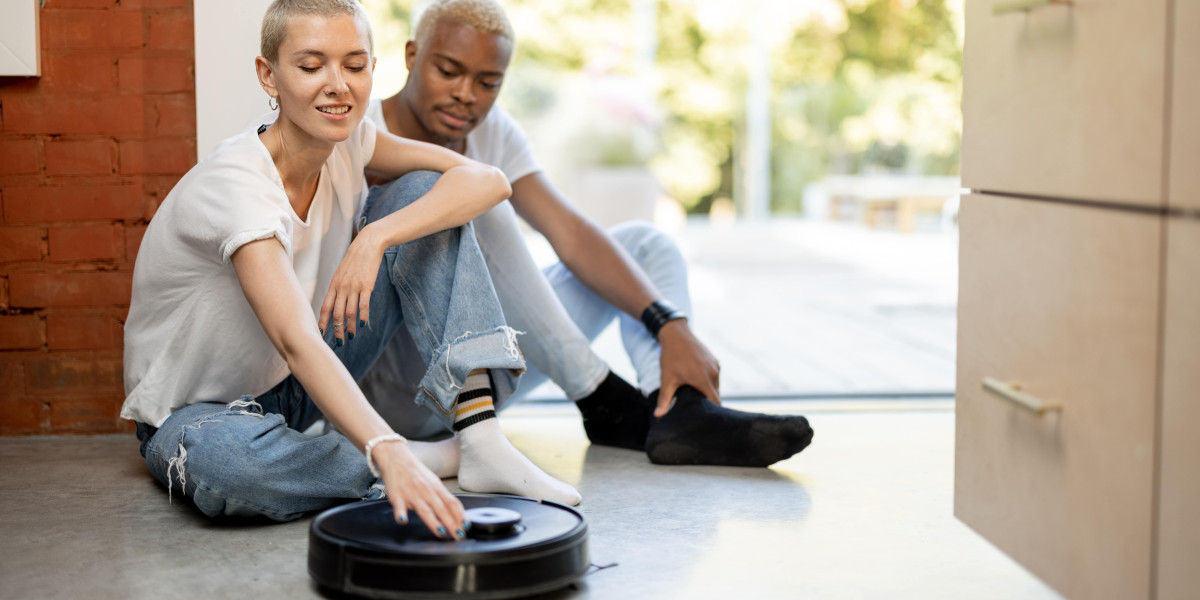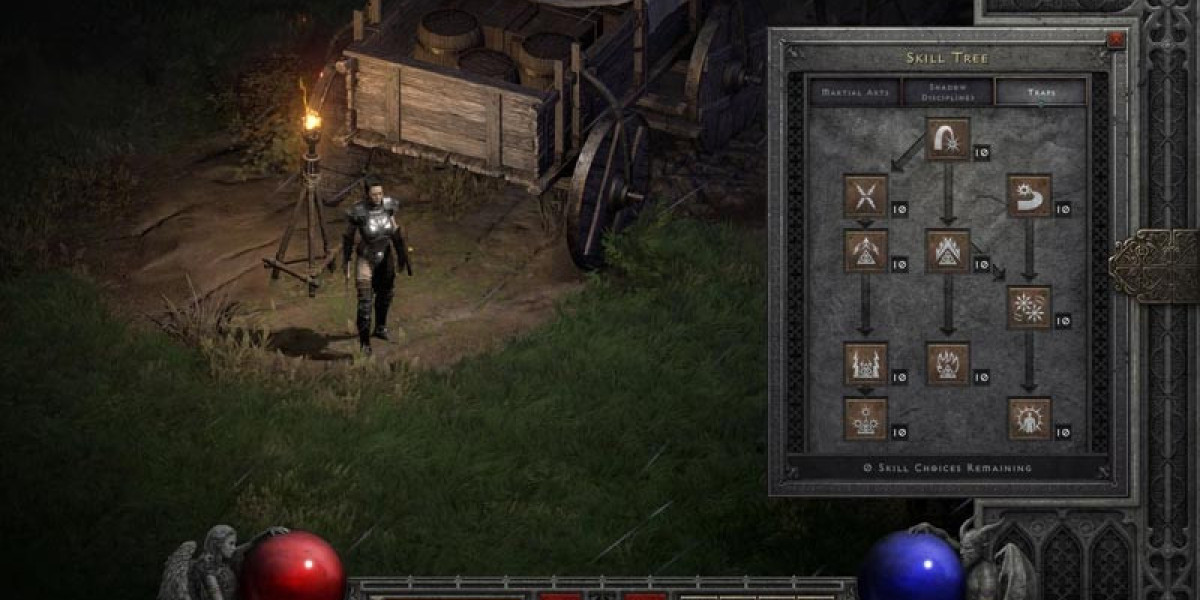Automatic vacuum cleaners can take a large chunk of your list of chores. They can get into difficult-to-reach areas like behind sofas and under beds where dust accumulates.
Smart vacuums employ advanced sensors to map their environment while they clean. side brushes and rollers agitate carpet fibers and scoop dirt into the suction mechanism. Some vacuums even self-empty to avoid messy bag changes.
Adaptive Cleaning
Most robot vacuums let you alter the cleaning functions in accordance with the floor type and condition. For instance, you can set the vacuum to use different suction levels on different flooring types and prioritize areas with a lot of dirt or debris such as stairs and corners. Some models also allow you to switch between hard and carpet floors. Some models even come with a spot mode that allows you to clean a specific area.
The best robot vacuums can adapt to various types of floors and are intelligent enough to stay clear of obstacles that could interfere with the cleaning process. You can create a list of "no-go" zones and they'll make use of smart sensor technology to navigate around furniture. Certain models also detect whether they've already cleaned an area, which can help to avoid running over the same spots over and over.
Most robot vacuum cleaners can be controlled via remote controls or a smartphone app or smart speakers like Amazon Alexa or Google Assistant. Some models can be programmed to clean according to an established schedule, meaning you can let them work even when you're away. If you don't wish to rely on your mobile device, opt for one that comes with an inbuilt video camera. It can make a map of your space and display it.
Some models allow you to review the previous sessions and determine what areas were cleaned and how much time was spent on them. These features are especially useful in areas that are particularly messy and requires more attention.
The majority of basic robot vacuums are able to vacuum and do not include mopping abilities. If you're looking for an appliance that is multi-functional and can take care of both tasks, you can purchase a model such as the Eufy X10 Plus. This elegant robot vacuum can mop and has a separate reservoir of clean water, so you don't have to worry about dirty pads or wands.
It uses a sophisticated moving motion that swivels to scrub the floorboards and remove gunk, such as dried coffee stains. Its object-avoidance technology is trained like a self-driving car which means it can stay clear of obstacles such as socks, cables and slippers. It can also recreate your floor plan on its own to navigate difficult areas such as corners and stairs.
Virtual Boundaries
Robot vacuums were initially built on basic sensors and random patterns to navigate through homes. They bounced around like pinballs, crashing into objects and wasting energy. The introduction of mapping technology changed this. It enabled them to digitally map a home and design efficient cleaning routes. It also improved efficiency and extended battery life.
Despite these advantages, there are some privacy concerns associated with using a robotic vacuum cleaner. One of the vacuum's GPS systems and navigation devices can determine the floor's location and reveal details about an owner's location as well as their income. This information can be used to promote and market products, and hackers could even access the information and reveal personal information.
One way to restrict the usage of your robot vacuum's map is to create virtual boundaries. This will stop the robot from entering areas that it shouldn't, such as bedrooms when your children are asleep, or an office where you're conducting an online meeting. These limits can be set through a smartphone app and will be enforced during a cleaning cycle.
Another option is to use an actual barrier, however it could be unattractive or become a trip hazard. Additionally, this kind of barrier can hinder the mapping process by blocking sensors or making it difficult for the vacuum to locate furniture.
 The Dreame Smart Mapping System is a good alternative. It uses Lidar and 3D TOF imaging to create maps of your house and to identify furniture. The robot is then able to move around the furniture with precision, avoiding contact and ensuring a more thorough clean. To ensure the best performance, it's important to regularly update your maps and keep the sensors clean to avoid debris buildup. Also, make sure to inspect and clean charging contacts in order to keep them from corroding and to maintain an encapsulated connection between the robot and its dock. This will help keep the robot in good condition and will ensure that it can return to its base when required.
The Dreame Smart Mapping System is a good alternative. It uses Lidar and 3D TOF imaging to create maps of your house and to identify furniture. The robot is then able to move around the furniture with precision, avoiding contact and ensuring a more thorough clean. To ensure the best performance, it's important to regularly update your maps and keep the sensors clean to avoid debris buildup. Also, make sure to inspect and clean charging contacts in order to keep them from corroding and to maintain an encapsulated connection between the robot and its dock. This will help keep the robot in good condition and will ensure that it can return to its base when required.Auto-Emptying
You can enjoy hands-free vacuuming when you purchase a robot vacuum with auto-emptying features. This means that you don't have to empty the trash bin manually. This feature is particularly useful for those who use their robots frequently and require the convenience of emptying the bin less frequently.
Self-emptying models feature larger bases that automatically empty dirt collected into their docking stations. This means that there is no necessity to clean your device's trash bin on a regular basis, and brings the dream of having an automated home closer to being a reality.
Robots that have this feature usually come with a docking station that can store several days or even weeks of debris, depending on the manufacturer. Using a sealed transfer process that allows them to empty their contents into the station and run until it's time to return back to base to get an additional bin.
These stations not only simplify the process of emptying a Robot vacuum Mops, but they can also reduce your exposure to harmful allergens. During the transfer, sophisticated filtration ensures that toxins are not returned to your home and are stored in the device’s internal dustbin. These ports are also suitable for those suffering from allergies due to their large capacity, which decreases the frequency of opening and closing the dustbin.
In addition to the automatic pouring of debris into their bases, a number of these bins come with built-in sensors which notify you when they're nearly empty. Some models have an easy switch to turn off and on, whereas others offer more in-depth information like an icon or status. This is a great way to stay updated on the health of your device and to keep it running at maximum performance.
While robot vacuum cleaners which include this feature will cost you slightly more than those without the feature, they can help you save time and energy in the long-run. With Black Friday sales, you may be able to score a higher-quality model with this feature at a less expensive price than during other times of the year.
Self-Navigation
Robotic vacuum cleaners are made to operate with hands-free. They make use of motors and sensors to clean floors with little input from the user. These disk-shaped machines move through the home, map rooms and spaces and create virtual barriers to avoid furniture and other objects, and return to docking stations once the battery has run out or the task is finished.
In recent years robotic vacuums have developed dramatically. Today's top performers are able to pick up tiny particles, such as baking soda and sand and large debris, including nuts and screws made of metal. They can even take on pet hair and other soft debris.
Some models come with mopping functions that use the rotating pad or cloth to apply constant pressure and remove stubborn stains. Advanced mapping systems like ECOVACS TrueMapping 2.0 or AIVI 3D help robots navigate and avoid obstacles in real-time.
While a robot vacuum can't remove dirt that has been sucked into the floor as well as a vacuum cleaner, it is still capable of maneuvering around corners and narrow spaces. They employ a combination of sensors and cameras to make digital maps of the room, identify walls as well as objects, and devise efficient routes. They can also use an algorithm for recognition of many household items and learn from past mistakes to enhance navigation in the future.
Many robotic vacuums come with an inbuilt rechargeable battery that can be used to ensure long-lasting operation. Some robotic vacuums have Wi-Fi connectivity which lets them connect to your home's wireless network and receive automatic software updates. Some are compatible with voice assistants which allow you to control them using your smartphone or another smart device.
Aside from emptying the dustbin regularly, robots require little maintenance. However, it is crucial to ensure their brushes are free of hair tangles and to wipe their cameras and sensors frequently to ensure proper performance. To maximize performance, you must set your robot to a set schedule and empty the trash bin properly prior to each use.








